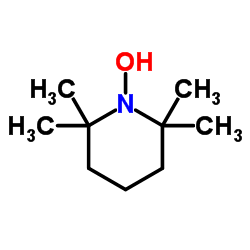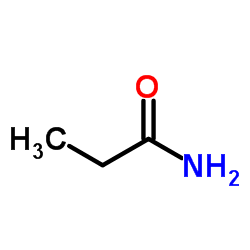| Structure | Name/CAS No. | Articles |
|---|---|---|
 |
2,2,6,6-Tetramethylpiperidinooxy
CAS:2564-83-2 |
|
 |
Propionamide
CAS:79-05-0 |